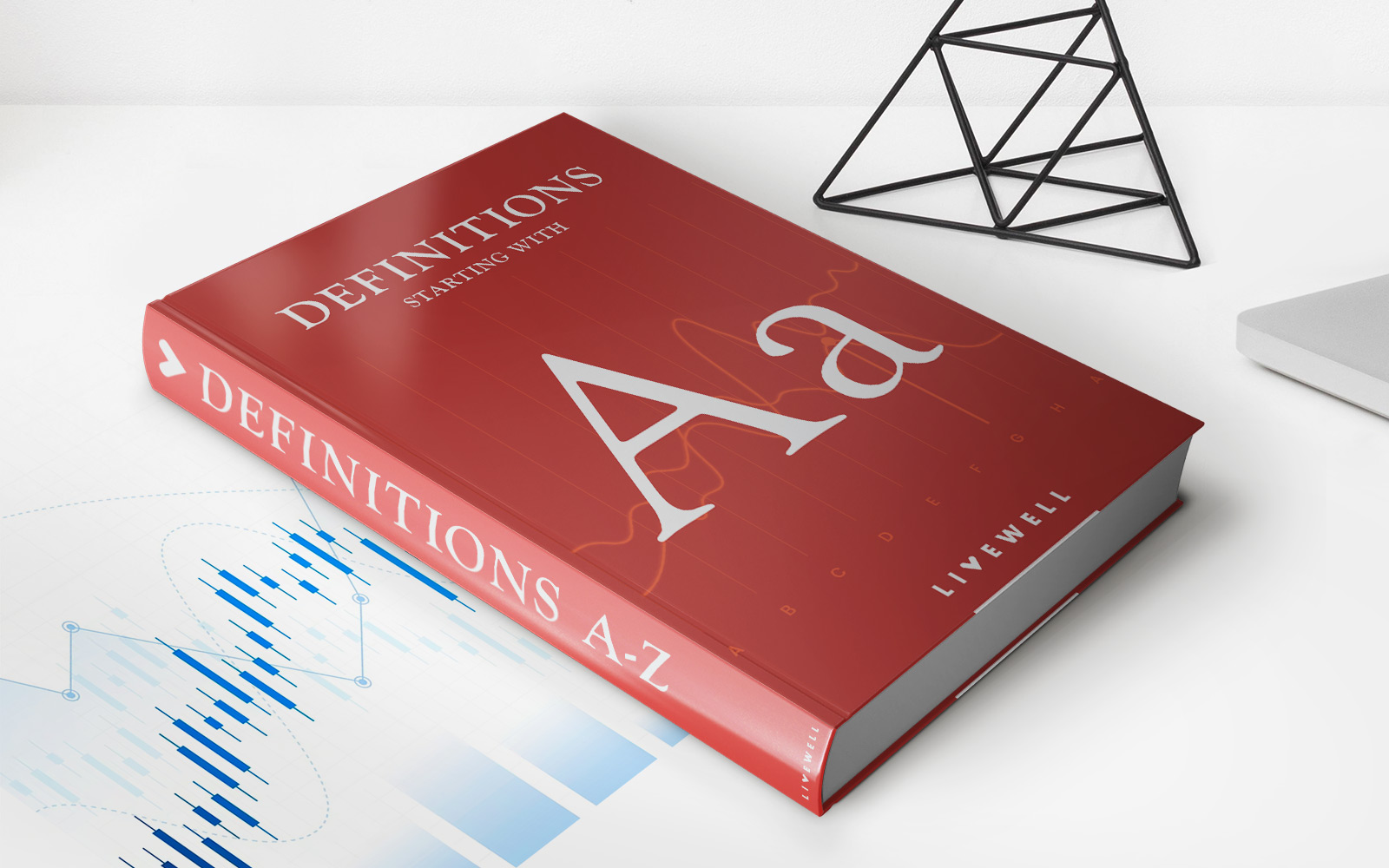Home>Finance>Bullet Loan: Definition, How It Works, Formula, Vs. Amortizing


Finance
Bullet Loan: Definition, How It Works, Formula, Vs. Amortizing
Published: October 20, 2023
Learn the definition, working, formula and differences between bullet loan and amortizing. Explore the world of finance with this comprehensive guide.
(Many of the links in this article redirect to a specific reviewed product. Your purchase of these products through affiliate links helps to generate commission for LiveWell, at no extra cost. Learn more)
Bullet Loan: Understanding the Basics and How It Differs from Amortizing Loans
When it comes to financing options, few things can be as confusing as deciphering the different types of loans available. Whether you’re a seasoned investor or a first-time borrower, understanding the nuances of various loan structures can greatly impact your financial decisions. In the world of finance, one popular loan category is the bullet loan. In this article, we will dive into the definition of bullet loans, how they work, explore their formula, and discuss how they differ from amortizing loans.
Key Takeaways:
- bullet loans are short-term loans that require the borrower to repay the principal amount in a single lump sum at the end of the loan term.
- amortizing loans, on the other hand, involve regular payments of both principal and interest over the entire loan term.
What is a Bullet Loan?
A bullet loan, also known as a bullet repayment loan or a bullet payment loan, is a type of loan where the borrower is required to make regular interest-only payments during the term of the loan. Unlike traditional loans that have monthly principal and interest payments, bullet loans defer the payment of principal until the end of the loan term.
This means that, with a bullet loan, you will only be required to make interest payments on the loan principal during the loan term. The full principal amount will then be due at the maturity date of the loan, often referred to as the “bullet payment.”
This structure makes bullet loans particularly attractive to borrowers who anticipate a large influx of cash or who have investment opportunities that require short-term funding.
How Does a Bullet Loan Work?
Now that you have a basic understanding of what a bullet loan is, let’s take a closer look at how it works.
- The borrower receives a lump sum amount from the loan.
- During the loan term, the borrower makes regular interest-only payments.
- At the end of the loan term, the borrower is expected to pay the entire principal amount in one lump sum (the bullet payment).
Unlike amortizing loans, where you gradually pay off the principal and interest over time, bullet loans provide more flexibility during the loan term and require the borrower to have a plan in place to repay the full principal amount upon maturity.
The Formula for Calculating a Bullet Loan’s Interest
When it comes to calculating the interest on a bullet loan, the formula is relatively straightforward:
Interest = Principal amount * Interest rate * Time period
Let’s break down the elements of this formula:
- The principal amount is the initial amount borrowed.
- The interest rate is the percentage charged by the lender.
- The time period is the duration of the loan.
By multiplying these three variables together, you can determine the interest payable on a bullet loan.
Bullet Loans vs. Amortizing Loans: Understanding the Differences
Now that we have explored bullet loans, it’s essential to understand how they differ from amortizing loans.
- Payment Structure: Bullet loans require interest-only payments throughout the loan term, with the principal amount due in a lump sum at the end. Amortizing loans involve regular payments of both principal and interest over the entire loan term.
- Risk and Repayment Planning: Bullet loans carry a higher risk as the borrower must have a well-defined repayment plan in place to handle the bullet payment at the end of the term. Amortizing loans provide a more structured repayment plan, spreading the principal and interest payments over time.
- Flexibility and Financial Strategy: Bullet loans offer more flexibility to borrowers who have short-term investment opportunities or expect a substantial cash flow in the future. Amortizing loans are better suited for individuals or businesses that want a predictable payment schedule and a gradual reduction of the loan balance.
Understanding the key differences between bullet loans and amortizing loans can help you make more informed decisions when considering borrowing options for your financial needs.
Final Thoughts
Bullet loans are a unique type of loan structure that offers flexibility and strategic advantages to borrowers with specific financial circumstances. However, it is crucial to have a solid repayment plan in place to ensure that you can meet the lump sum payment obligation at the end of the loan term. By understanding the basics of bullet loans and how they differ from amortizing loans, you can make informed decisions that align with your financial goals.














